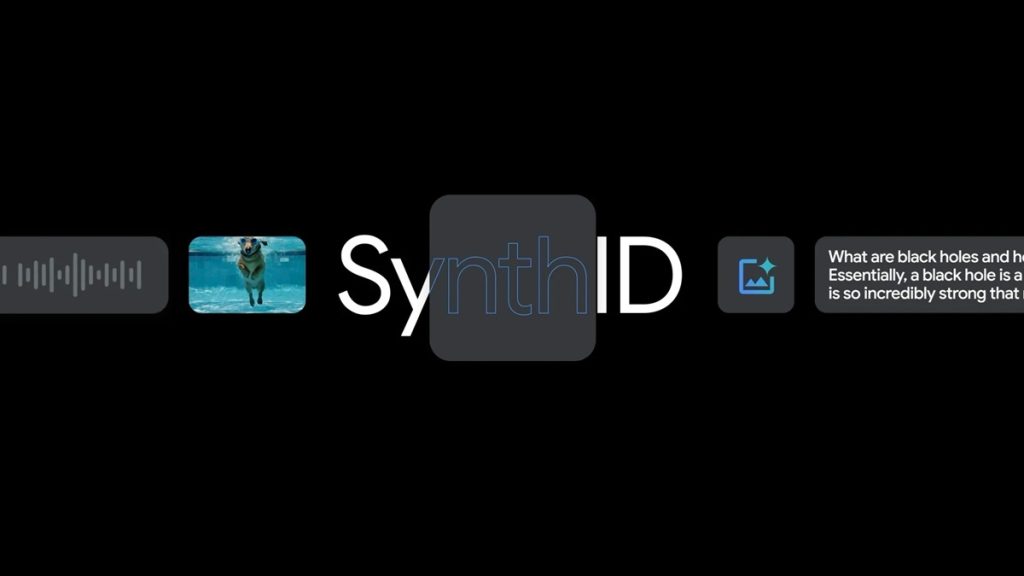
At Google I/O 2025, Google introduced SynthID Detector, a new tool designed to identify AI-generated content quickly and clearly. This portal aims to help verify digital media created using Google’s AI systems, addressing growing concerns about authenticity and trust in AI-created content.
SynthID Detector
Pushmeet Kohli, VP of Science and Strategic Initiatives at Google DeepMind, explained that advances in generative AI have enabled the creation of new types of content.
This development brings key questions about authenticity and verification, which Google aims to address with the SynthID Detector—a tool designed to rapidly identify AI-generated content created with Google’s AI systems.
Features and How It Works
SynthID Detector combines detection for various media types in one portal. It can identify parts of an image, audio, video, or text that likely contain a hidden SynthID watermark.

- Watermarking Technology: SynthID embeds invisible watermarks within AI-generated content without affecting its quality. These watermarks remain identifiable even when the content is shared or edited.
- Supported Media: Originally designed for images, SynthID has been expanded to detect AI-generated text, audio, and video from Google’s models, including Gemini, Imagen, Lyria, and Veo.
- Usage: Users upload AI-created content to the portal, which scans for SynthID watermarks. The tool then highlights the specific sections with detectable watermarks, showing exactly where the AI-generated elements appear.
Detection Process
- Upload content (image, audio, video, or text).
- Portal scans the file for SynthID watermarks.
- Results show whether watermarks exist and indicate their locations.
In audio files, the portal detects and highlights specific segments where watermarks are found. For images and videos, it shows the regions most likely to contain embedded watermarks.
Expanding SynthID’s Reach
Google has open-sourced the SynthID watermarking for text, allowing developers to integrate this technology into their own AI models.
In early 2025, Google partnered with NVIDIA to add SynthID watermarks to videos made with NVIDIA’s Cosmos preview microservice, extending SynthID beyond Google’s own content, and also teamed up with content verification platform GetReal Security to support wider detection of SynthID watermarked material online.
Pushmeet Kohli noted that SynthID aims to reduce misinformation and misattribution by providing reliable technical solutions. He emphasized the importance of transparency in AI-generated media and highlighted ongoing efforts to build partnerships and expand access to detection tools.
Availability and Access
The SynthID Detector began rolling out to early testers on Tuesday, May 20, 2025.
- Wider access is expected in the coming weeks, with support for video and text watermark detection to follow soon.
- Journalists, researchers, and media professionals can sign up for the waitlist to request access to the portal.
